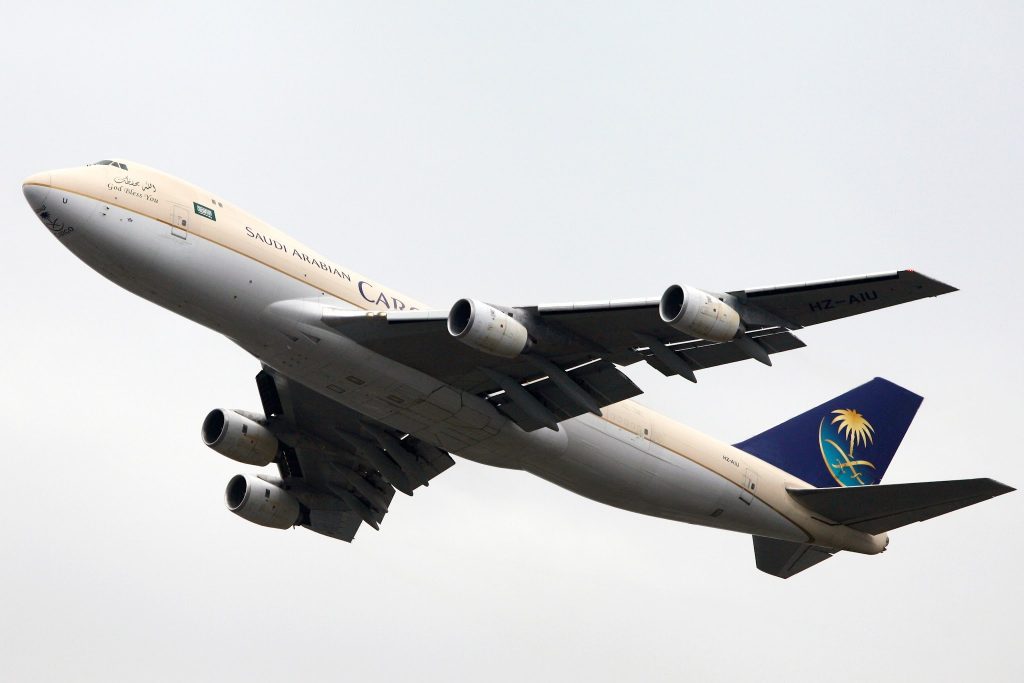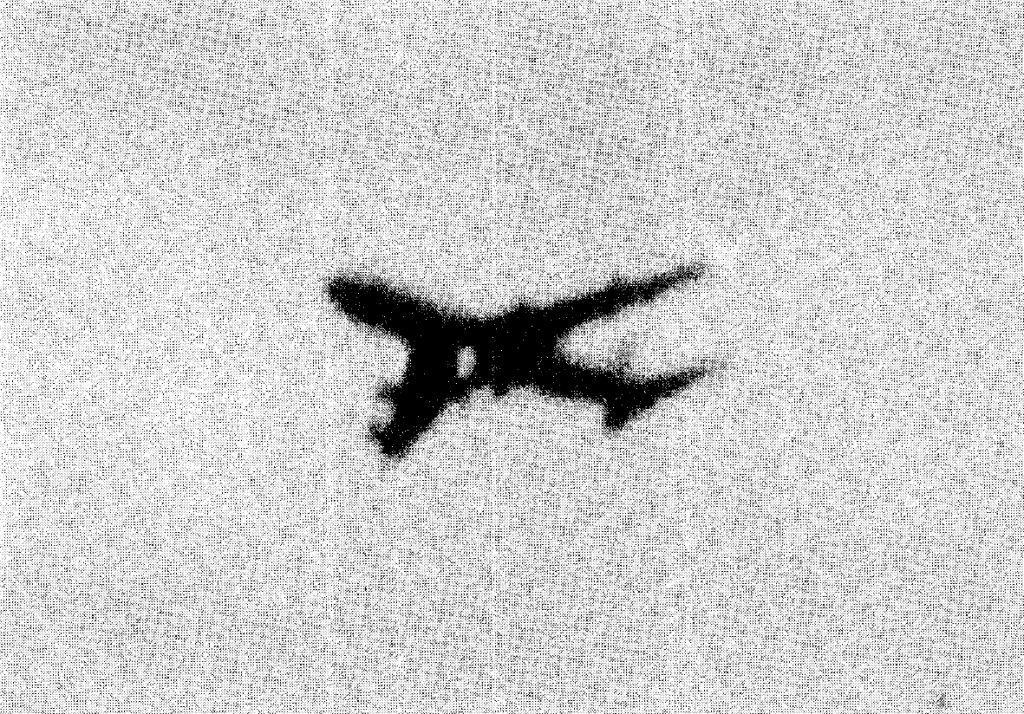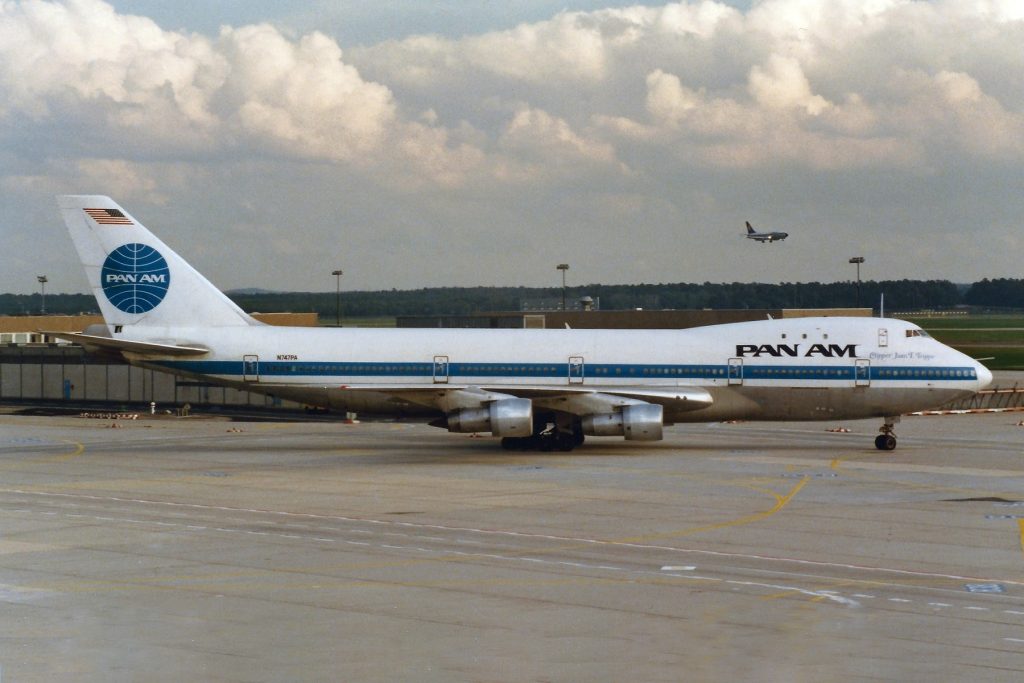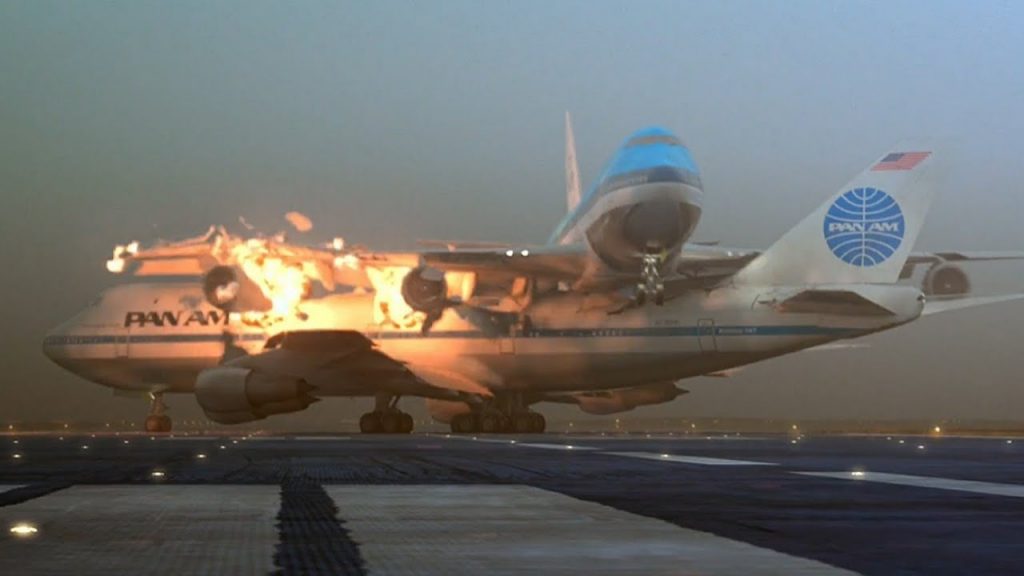This article is on the 3 deadliest aviation disasters in human history.
#3: Charki Dadri mid-air collision, 1996
On November 12th, 1996, Saudi Airlines flight 736 took off from New Delhi, India. The Boeing 747 was destined for Dharhan, Saudi Arabia. At the same time, Kazakhstan Airlines flight 1907 took off from Chimkent, Kazakhstan. The Kazakh plane was destined for Delhi.
The two aircraft collided over the town of Charki Dadri, a few dozen miles west of Delhi. The disaster resulted in 349 deaths, making it the world’s deadliest mid-air collision, worst aviation disaster without survivors, and India’s worst aviation incident.
The official report by the investigation team stated that the crash would not have happened, had Flight 1907’s crew maintained the correct altitude. For example, if the ATC (Air Traffic Control) tells an airplane to maintain FL100 (Flight Level 100, or 10,000 ft above sea level), that airplane is expected to reach that altitude. If they don’t, they can hit other aircraft, resulting in mid-air collisions.
They also credited the disaster to the poor English skills of the Kazakh pilots, resulting in misunderstanding of the ATC’s instructions.
The deaths, 312 aboard Saudia 736 and 37 aboard flight 1907, were mainly Indians.
Both aircraft involved, a Boeing 747-1 for 736 and a Ilyushin-ll for 1907, were aircraft that did not have any prior incidents between them, making this crash entirely pilot error.
For more details about the crash, I suggest watching “Sight Unseen,” a 2009 episode of the show Mayday: Air Disasters.

An image of a Saudi Airlines Cargo Boeing 747, similar to the one in the crash. This one is a cargo 747, and wouldn’t carry passengers.
#2: Japan Airlines flight 123, 1985
On August 12th, 1985 JAL flight 123 took off from Tokyo. The Boeing 747 would not reach its destination, Osaka. The disaster resulted in the deaths of 520 people, with only 4 survivors, making it the deadliest single-aircraft disaster, and the second deadliest overall aviation incident. Around 12 minutes after takeoff, part of the tail of the aircraft broke off, resulting in almost 0 control over the 747. Despite the pilot’s best efforts, flight 123 crashed into Mt. Osutaka around 50 minutes after takeoff.
Why did the tail break off? Around 8 years prior, the same airplane suffered a severe tail strike, where the back of the plane hits the ground. This is not supposed to happen, and can be disastrous if not taken care of immediately. This particular tail strike was nasty, and Boeing mechanics had to replace the aft pressure bulkhead, which helps keep the tail of the plane pressurized and keeps it together. However, the bulkhead they installed was faulty, and every time the plane flew it slowly weakened, until the disaster in 1985.
On the fatal day, the plane was on its fifth flight, with 524 passengers and crew on board. 12 minutes after take-off, the faulty bulkhead failed, resulting in rapid depressurization of the tail of the plane. The air expanded, ripping off the ‘vertical stabilizer,’ which houses the rudder. The pilots lost control of the plane, and for 45 minutes struggled to keep it in the air, before tragically crashing into Mt. Osutaka.

This was an image of JAL 123, taken a few minutes before the crash. As you can see, most of the Vertical Stabilizer (in the back) is missing.
#1: The Tenerife Airport Disaster, 1977
On March 27, 1977, Pan American World Airways (Pan Am) flight 1736 took off from New York City, bound for Gran Canaria airport in the Canary Islands. At the same time, KLM Royal Dutch Airlines flight 4805 took off from the Netherlands, bound also for Gran Canaria.
However, a terrorist bomb threat at Gran Canaria resulted in both aircraft being diverted to Los Rodeos (modern day North Tenerife) airport, on the small island of Tenerife. Los Rodeos is smaller than Gran Canaria, with only 1 runway. The airport is also known for getting very foggy, and on this fateful day it got so bad that the pilots could not see more than 1,000 feet.
KLM 4805 refueled their aircraft, making Pan Am 1736 stuck behind them. Both aircraft were large Boeing 747s, nicknamed “Clipper Victor” and “the Flying Dutchman.” After KLM started refueling, ATC announced that Gran Canaria was reopening, and gave Flight 4805 permission to taxi (move on the ground) along the runway, and at the end of the runway they were told to make a 180 degree turn. Pan Am 1736 was told to follow the Dutch 747, and leave the runway at exit 3. If you don’t know much about airports, let me tell you:
At most airports there is a runway, and coming off the runway are small “taxiways,” where aircraft leave and enter the runway. In the case of Los Rodeos, they are called exits. At Tenerife, there are 4 exits: 1, 2, 3, 4. Simple, right? Wrong. When you are trying to count tiny signs in a giant plane, when it is very foggy and you are being rushed, it is easy to miss one. That is exactly what Pan Am 1736 did. Instead of leaving at Exit 3, like they were told, they continued along the runway, still trying to find the correct exit.
ATC thought they had left already, and gave KLM 4805 permission to take off. In truth, Flight 1736 was still on the runway. They told ATC, like hey, we’re still on the runway, but it was too late. The KLM 747 was already going too fast to stop, and tried to take off, trying to avoid flight 1736. They pitched the nose up, resulting in a tailstrike. If you don’t know how planes work, basically you have to be going a certain speed to take off, and KLM 4805 was not going this speed. That’s why their tail didn’t lift off. Just before they were going to hit Pan Am 1736, they finally reached said speed and lifted off. However, KLM 4805’s far-right engine hit the ‘hump’ of Flight 1736. If you don’t know much about 747s, here is a picture of a 747 part of Pan Am:

As you can see, there is a ‘bump’ in the front of the airplane.
The resulting crash of the two aircrafts had 583 deaths, 335 dead on the Pan Am, with 61 survivors, and 248 dead with no survivors on the KLM.

This image is of the collision of Pan Am 1736 and KLM 4805. It is from the show Mayday: Air Disaster and is not an actual picture taken of the crash.
IN MEMORY OF THOSE WHO LOST THEIR LIVES IN ANY AVIATION DISASTER, WETHER IN THE ARTICLE OR NOT…
The Britannica Tenerife Airport Disaster article, Ebsco JAL 123 article, and the Wikipedia Charkhi Dadri Mid Air Collision article (I could not find a better source, but now there is this one) were used for research. For more information about countless aviation disasters, check out Mayday: Air Disasters on YouTube, Prime Video, and probably more streaming services I am forgetting.
Written by RJS
© 2025, OOH LLC., All Rights Reserved
Contact us at business.OOH@orderofhistory.com Please wait at least 48 hours or more for a response.
Check out our other great articles at: orderofhistory.com
Thanks for reading! I’ll see you in the next article.


Crazy, but interesting!
Very detailed and a lot of information on three events I previously knew nothing about…and it has also reinforced my fear of flying😂.